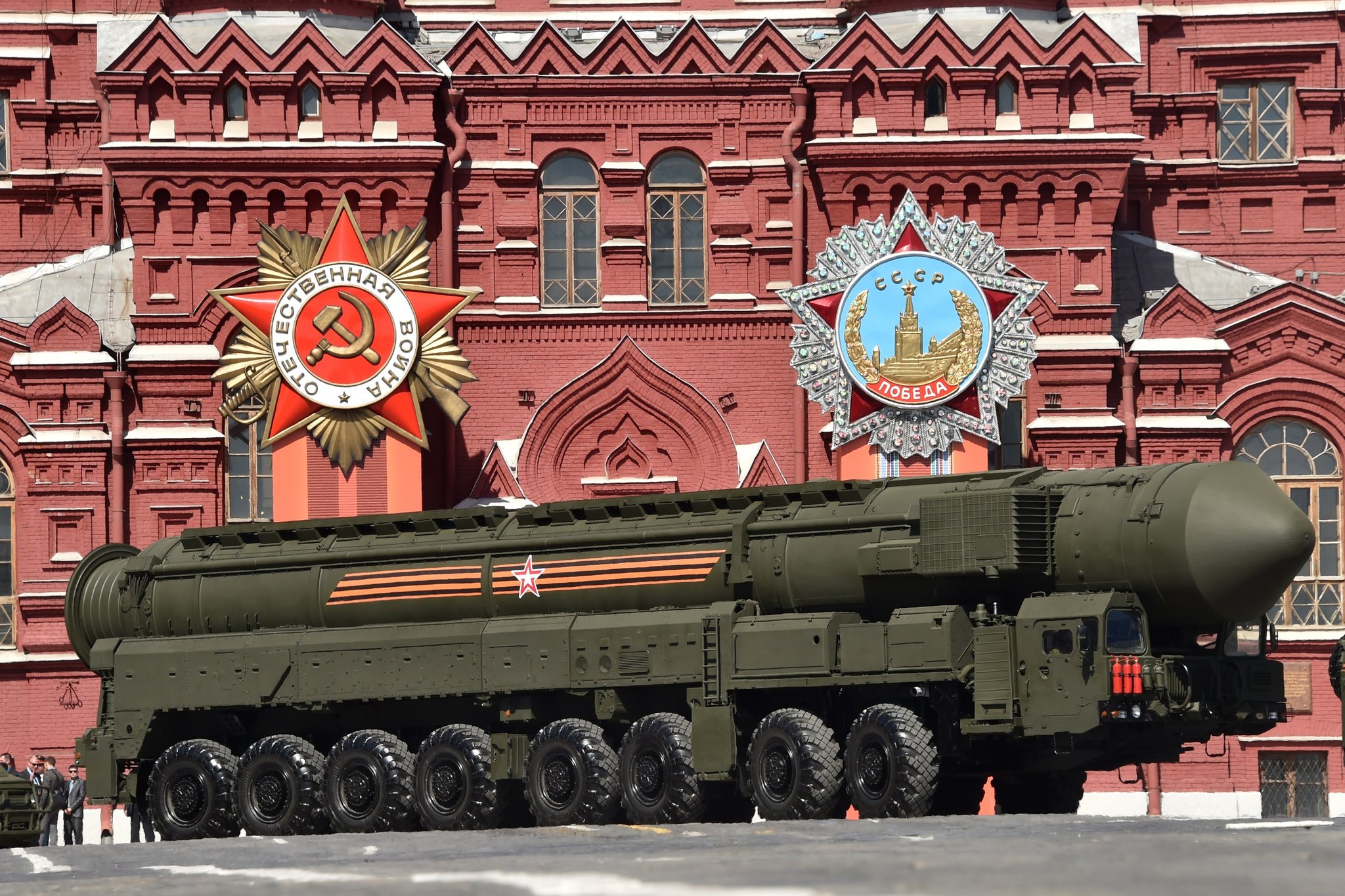OIL SLIDES FURTHER AS STOCKS SWELL AND DEMAND COOLS

Five-year lows in sight raise new policy questions
Crude prices fell again, putting benchmarks on track for a weekly loss as U.S. inventories rose and global demand indicators softened. Brent hovered near $61 a barrel while West Texas Intermediate traded around $57, extending a slump fueled by refinery maintenance, resilient U.S. output, and cautious growth data. Traders also weighed diplomatic signals that could ease supply fears, including planned talks among major powers about conflicts affecting energy flows. The downtrend is filtering into pump prices and shipping costs, but it is also tightening margins for shale producers and state budgets in oil-reliant economies.
Winners, losers and the seasonal outlook
Cheaper crude is good news for households entering the winter heating season, and for airlines and logistics firms looking to hedge fuel. Yet the relief could be uneven: regional taxes, currency swings, and refining bottlenecks may blunt the pass-through. On the supply side, U.S. producers face tougher financing conditions, and some OPEC+ members may push for deeper coordination if revenues sag. Analysts say inventories and macro sentiment dominate near-term pricing; a sudden geopolitical flare-up or surprise output cut could snap the trend. Utilities and data-center developers monitoring power bills will watch whether lower fuel costs temper electricity tariffs—or merely offset grid stress and strong computing demand.























